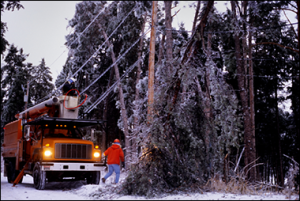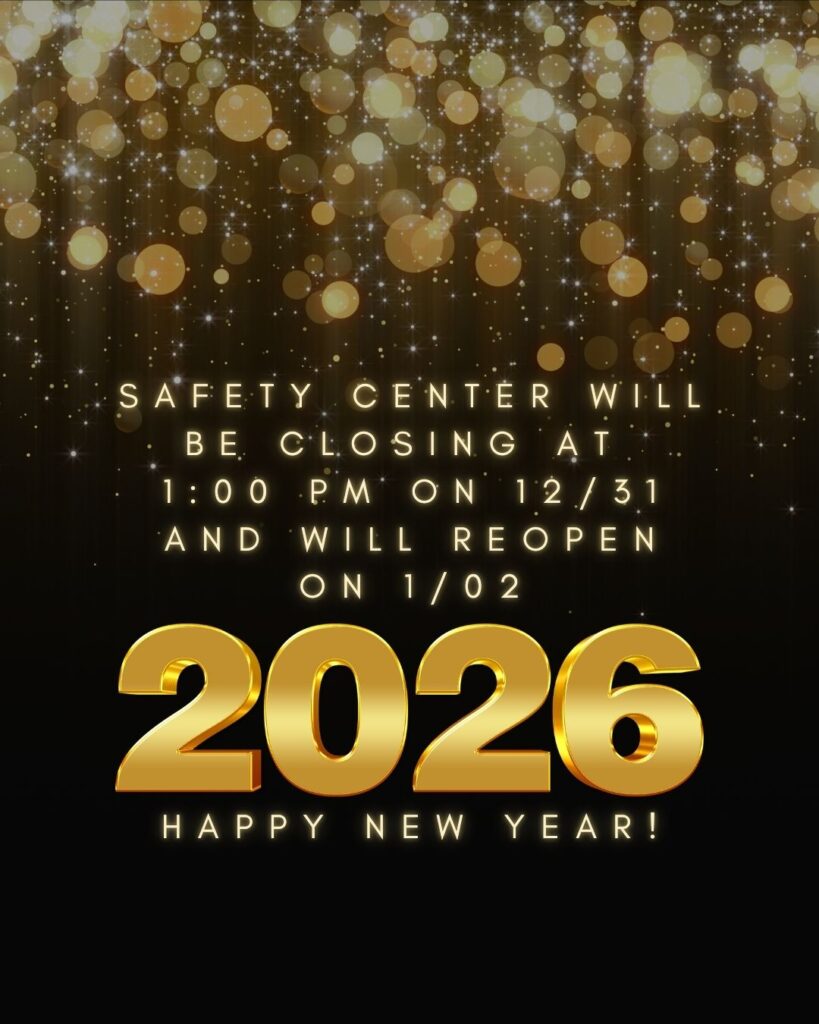Winter weather means that new kinds of workplace hazards have to be addressed in order to prevent injury and save lives. Winter Safe Driving was a topic covered extensively at the Sacramento Regional Safety Forum on December 3, 2015 but there are also several other roadside hazards that need to be taken into account.
Work Zone Traffic Safety
- Workers being struck by vehicles or mobile equipment lead to many work zone fatalities or injuries annually. Drivers may skid, or lose control of their vehicles more easily when driving on snow and/or ice covered roads. It is therefore, important to properly set up work zones with the traffic controls identified by signs, cones, barrels, and barriers, to protect workers. Workers exposed to vehicular traffic should wear the appropriate high visibility vest at all times, so that they can be visible to motorists.
Stranded in a Vehicle
- If you are stranded in a vehicle, stay in the vehicle. Do not leave the vehicle to search for assistance unless help is visible within 100 yards. Display a trouble sign by hanging a brightly colored cloth on the vehicle’s radio antenna and raising the hood. Turn on the vehicle’s engine for about ten minutes each hour and run the heat to keep warm. Also, turn on the vehicle’s dome light when the vehicle is running as an additional signal. Beware of carbon monoxide poisoning. Keep the exhaust pipe clear of snow, and open a downwind window slightly for ventilation. Watch for signs of frostbite and hypothermia. Do minor exercises to maintain good blood circulation in your body. Stay awake.
Shoveling Snow
- Shoveling snow can be a strenuous activity, particularly because cold weather can be tasking on the body. There is a potential for exhaustion, dehydration, back injuries, or heart attacks. To avoid cold stress, take frequent breaks in warm areas. Warm-up before the activity, scooping small amounts of snow at a time and where possible, push the snow instead of lifting it.
Clearing Snow from Roofs & Working at Heights
- Employers must evaluate snow removal tasks for hazards and plan how to do the work safely. A surface that is weighed down by snow must be inspected by a competent person to determine if it is structurally safe for workers to access it, because it may be at risk of collapsing.
Preventing Slips on Snow & Ice
- Employers should clear walking surfaces of snow and ice, and spread de-icer, as quickly as possible after a winter storm. Wear proper footwear when walking on snow or ice is unavoidable. Keeping a pair of rubber over-shoes with good treads which fit over your street shoes is a good idea during the winter months. Take short steps and walk at a slower pace so you can react quickly to a change in traction.
Repairing Downed or Damaged Power Lines
- Moisture can reduce the insulation value of protective equipment, and could cause electrocution. In these conditions de-energized work is safer, but if energized work must be done, qualified workers and supervisors must first do a hazard analysis. Potential hazards include: electrocution, fire, and falling tree limbs, collapsing poles, etc.
Removing Downed Trees
- It is usually urgent to remove downed trees that block public roads and damage power lines. Emergency crews are often tasked with clearing downed trees. Potential hazards include: electrocution, falls from heights, injuries from equipment such as chain saws and chippers.
Stay safe this winter — happy holidays!
If you have questions, call OSHA. It’s confidential. Call 1-800-321-OSHA (6742) or visit www.osha.gov to learn more about your rights and staying healthy in the workplace.



